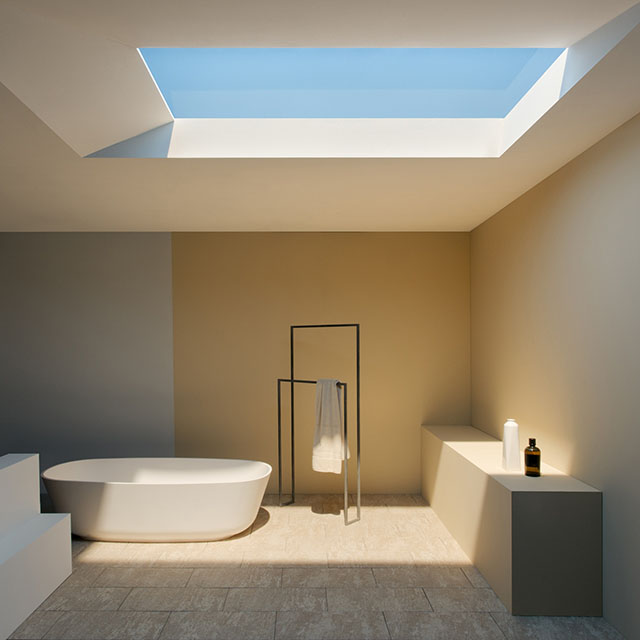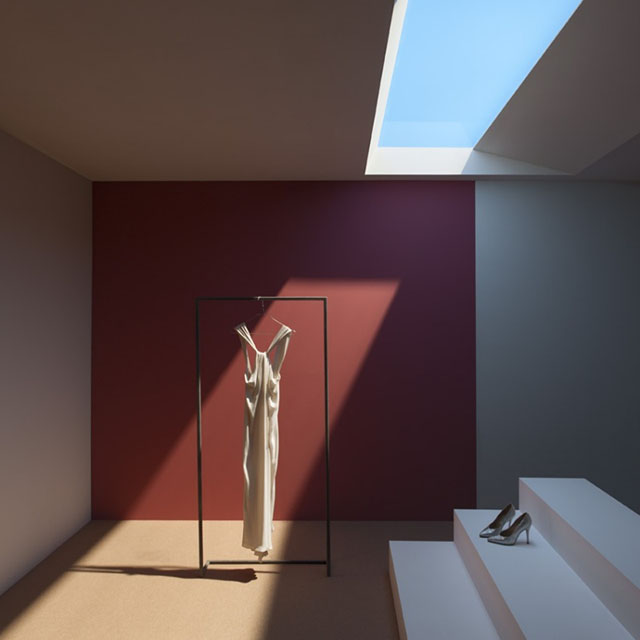The following links came to my attention in a relatively narrow span of time. There would be a lot to be said but I will keep it brief.
Last month someone explained their reasons for leaving the Linux Kernel development team in an article that consequently got quite some attention. Apparently a toxic culture is encouraged there, under the motive of promoting open, direct discussion that doesn’t shy away from tackling issues.
Whether the motive is genuine or rationalized could be meat for debate by the way but, moving on. Last week this mail was posted by Linus Torvalds on the LKML, painfully illustrating the problem. Warning: (im)mature language.
Then, someone proposed this rephrased version, which is the reason of me posting today.
This here, is not just a joke, a funny contrast or Linus getting schooled; this is a lesson for anyone and an example to follow, this is what you want and the standard you should promote and expect from yourself and others in any development team you belong to. Especially so if you are a lead.


